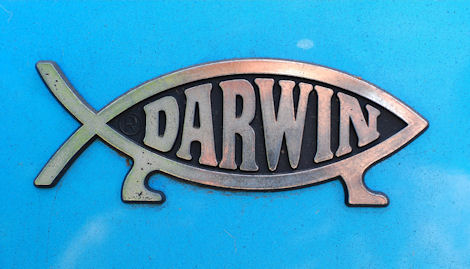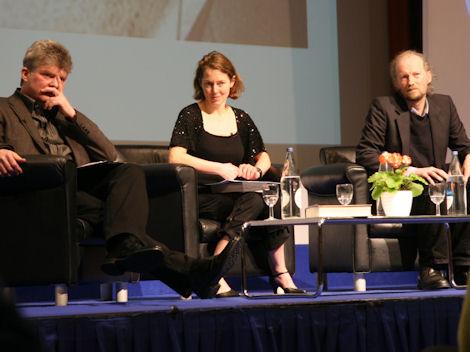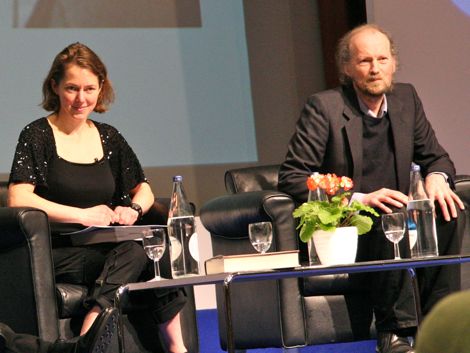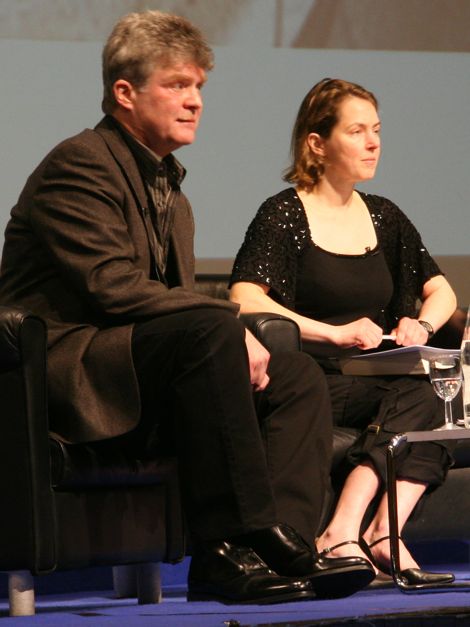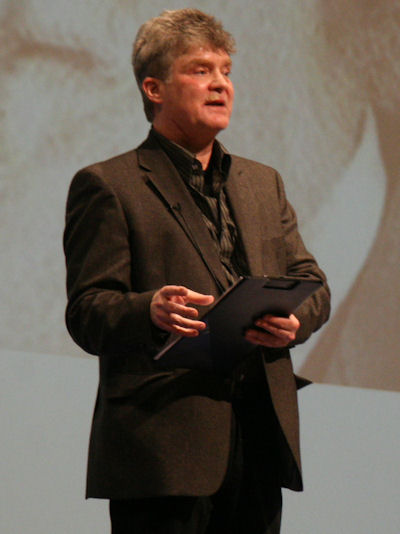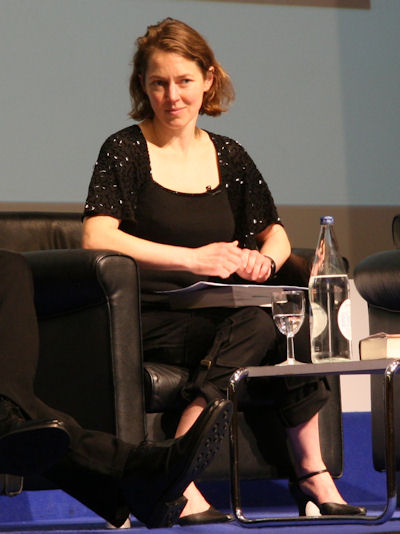Short note on my ‘Darwin Hat-Trick day’ last Wednesday. Nothing too profound – but some nice pics!

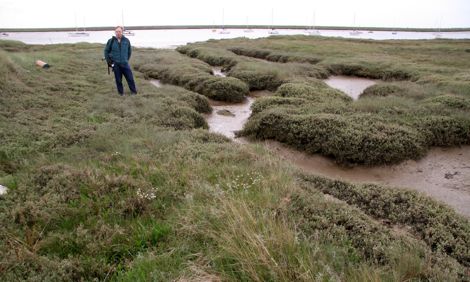
We set off at 5 a.m., and by the end of the day had visited: (a) the supposed final resting place of Darwin’s Beagle at Paglesham, (b)the newly refurbished former home of Darwin, ‘Down House’, in Kent, (c) the Geological Society in central London for a talk from Darwin biographer Janet Browne.
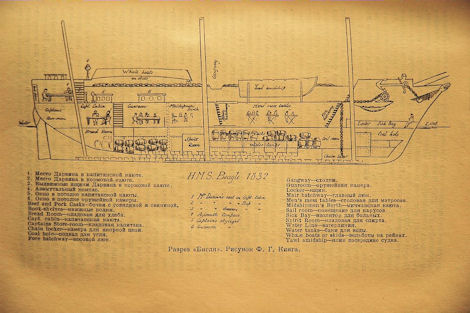
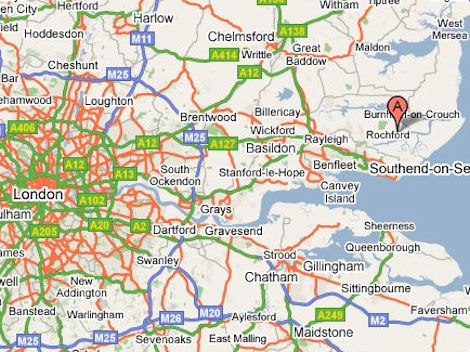
This sudden urge to drive around some of the more remote reaches of England’s green and pleasant land was triggered by a recent talk by Dr Robert Prescott at the Royal Society. A podcast or vidcast should be available here within the next few days.
Prescott, who is researching the Beagle’s fate post-Darwin, has shown that after her last sea voyage in 1843 the ship served as an anti-smuggling watch vessel, anchored amidst the twisting system of waterways north of the Thames estuary. He speculates, with evidence from contemporary charts, that the mastless hulk ended its days in a permanent mooring cut into the mud of Paglesham East End, near Rochford. With images from Prescott’s talks fresh in our minds, we successfully located the otherwise unremarkable stretch of grassy mud-bank shown in the first photo.
Ground radar has revealed something of the right size and shape for the Beagle about 6 meters down, but tests on core drill samples are ongoing. The team have identified wood and diatoms, and now hope to find evidence of life specific to the South Seas caught up in the timbers. There’s some evidence that the top half of the ship was salvaged, and wooden structures consistent with the naval architecture of the day have been found in this nearby boathouse.
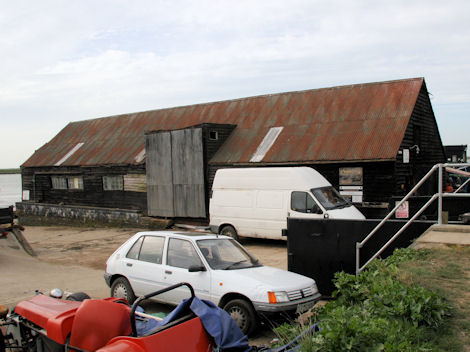
According to Prescott, Darwin never visited the Beagle after his famous voyage, despite the relative proximity of the craft to his home at Downe and documentary evidence that the Beagle’s Captain – Fitzroy – had kept in contact with Darwin. While Darwin acknowledged the importance of the ship to his life and work, it appears any emotional attachment he had for the vessel did not extend to a need to be reunited.
Having driven 60 miles to walk over a (albeit important) stretch of mud, we continued our walk along the river bank to be rewarded with a watch post from another era – a World War II pillbox. Pillboxes like these can be found across the south of England, and originally formed a continuous defensive line against potential German invasion.
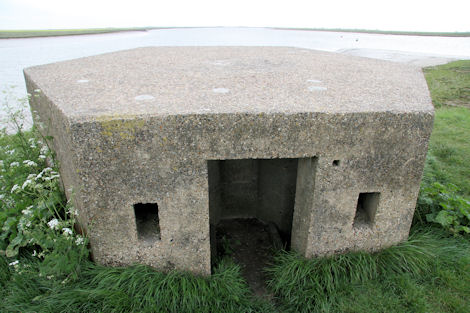
Leaving Paglesham around 9 a.m., and arriving at Down House half an hour before the house itself opened, gave us plenty of time to explore the grounds and gardens of the Darwin family home. There’s been some replanting and landscaping as part of the refurbishment, but the famous greenhouse and ‘sandwalk’ , where Darwin did some of his most inspired thinking, are rightly unchanged.
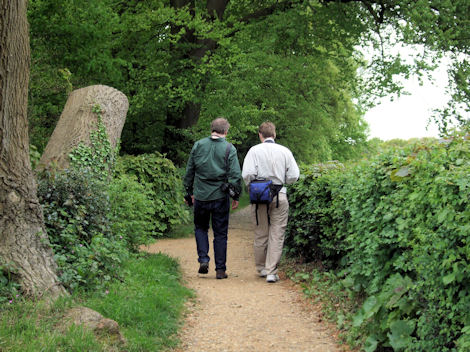

The house itself has benefited from a super exterior paint job and refurbishment, and a major re-modeling of the upper-floor exhibition space. The personal audio guides are now video guides, but retain a pleasant enough welcome from David Attenborough. But, photographers beware ! I’ve never been anywhere where the taking of pictures inside the house is so actively discouraged – quite a contrast to how things are managed in the USA. I’d also advise an early weekday visit, as parking is limited and the experience degrades when the house is crowded. All the same, it’s a beautiful location, the house is full of atmosphere, and it’s well worth the £8 entrance fee.
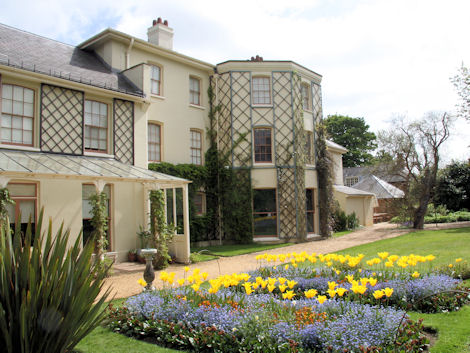
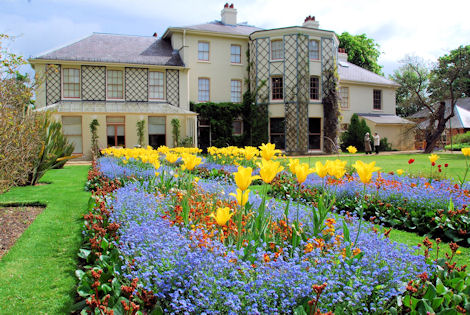
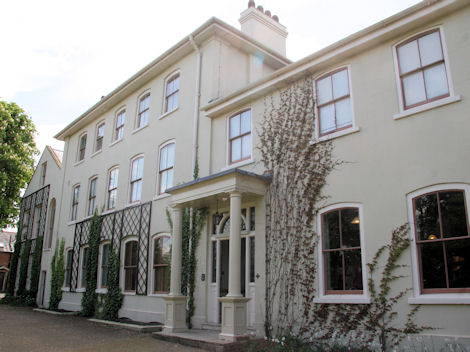
Down House is a stone’s throw from the village of Downe (with an ‘e’ this time) and the local church where Emma Darwin, Charles’s brother Erasmus, and Darwin’s servant Parslow are buried.

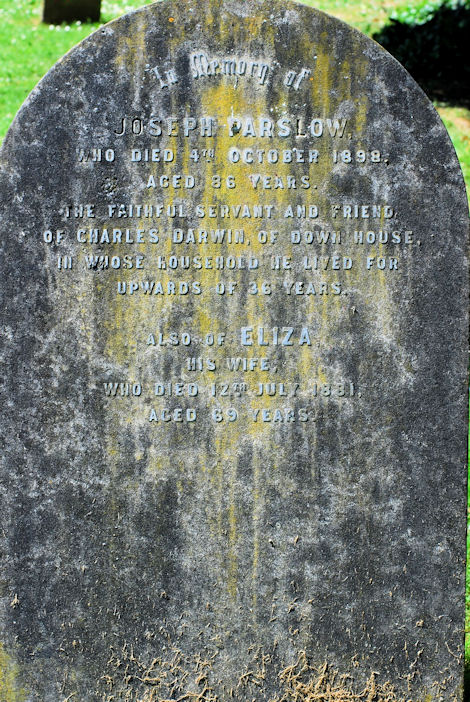
At 2 o’clock we were starting to feel the effects of the early start, so it was back to Kingston to drop off the car and consume some large coffees.
Phase three of our hat-trick required a train ride into the centre of London to see and hear Janet Browne speak at the Geological Society.
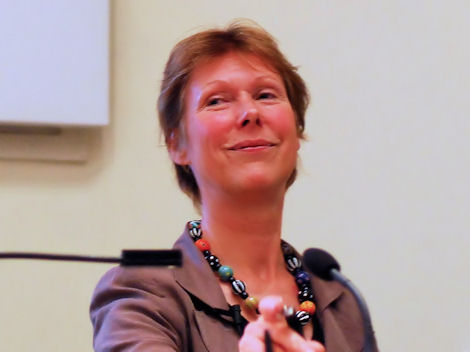
Browne, best known for her two Darwin biographies Voyaging and Power of Place, was over from Harvard to speak on the theme of ‘Two Hundred Years of Evolution: Celebrating Charles Darwin in 2009’ .
I guess the thrust of the talk was around how the various controversies surrounding Darwin and his theory have been accepted, challenged, and interpreted at different times and places. For my part I found Browne’s historical interpretation clear and entertaining. I was, however, at something of a loss to understand quite where she personally stood on more contemporary issues such as the compatibility of Darwinian evolutionary theory and religious belief. What I took from the early part of her talk as an accommodationist approach didn’t entirely jibe with her response during questions when, for example, she credited Dawkins’s stance as ‘brave’. Anyhow, you can listen to the podcast here at the Geological Society website and draw your own conclusions.
Time to wash the car….
